St. Louis River Summit Celebrates an Enduring Future

Image courtesy of the Lake Superior National Estuarine Research Reserve and Kate Murray
SUPERIOR, Wis. – The Lake Superior National Estuarine Research Reserve (Lake Superior Reserve) is holding its 14th annual St. Louis River Summit March 6-7 with in-person sessions at the University of Wisconsin-Superior Yellowjacket Union and field trip options on March 8.
The theme for the summit is, “Braiding Visions for an Enduring Future,” which celebrates long-term stewardship of the St. Louis River through various ways. The goal of the summit is to bring together people who care about and work on the St. Louis River and to encourage coordination of activities, programs, and projects.
“We wanted to honor what it takes to care for land and water in a multigenerational sense,” said Deanna Erickson, Lake Superior Reserve director. “To steward the St. Louis River from past degradation into a thriving future takes many visions from scientists, community members, Ojibwe elders and stewards, to engineers, state agencies, and elected officials. The summit braids those perspectives together.”
The keynote session, “Visions: Stories for an Enduring Future,” will be hosted by Mary Fox and Blake Thomas of the live Duluth radio broadcast “Take it With You,” and Zeitgeist Arts. The St. Louis River has seen some wild tales–historic, ecological, adventurous, and personal. In this session, storytellers are invited from the community to share short personal stories connected to the river on the theme of visions in the format of a noncompetitive story slam (think a local version of The Moth podcast).
In-person events include informational presentations, networking sessions, a poster and art session, and field trips. The poster and art session takes place at 5 p.m. on Wednesday, March 6, in the University of Wisconsin-Superior Swenson Hall atrium. It will feature light refreshments.
During the morning of March 8, field trips will be held. Options include touring the Western Lake Superior Sanitary District, snowshoeing in the Superior Municipal Forest, visiting the Grassy Point Restoration Site, and viewing art history murals inside West Duluth’s Kom-on-Inn with interpretation by an art historian and arts enthusiast.
Students from local schools and institutions are invited to attend the summit to learn about land and participate in water stewardship efforts, the research community and river restoration projects. Students attend for free but need to register.
The cost to attend the entire summit (virtual and in-person sessions) is $60 and includes lunches and appetizers at the poster and art session. Online registration closes Feb. 28. The cost for same-day walk-in registration is $90. Visit this link to register and view the agenda.
Sponsorship opportunities are still available. Initial sponsors include Barr Engineering; city of Superior; Duluth Pottery; Duluth Seaway Port Authority; Duluth Eco Rotary; EA Engineering, Science, and Technology, Inc.; Friends of the Lake Superior Reserve; Lake Superior Captain’s Academy; Lake Superior Research Institute; Large Lakes Observatory; LimnoTech; Marine Tech; Minnesota Center for Environmental Advocacy; Minnesota Department of Natural Resources; Minnesota Land Trust; Minnesota Sea Grant; Roen Salvage Co.; University of Minnesota Duluth Natural Resources Research Institute; U.S. EPA’s Great Lakes Toxicology and Ecology Division; Western Lake Superior Sanitary District; W.J. McCabe (Duluth) Chapter of the Izaak Walton League of America; Wisconsin Coastal Management Program; Wisconsin Department of Natural Resources; Wisconsin Sea Grant and Wren Works, LLC.
The post St. Louis River Summit Celebrates an Enduring Future first appeared on Wisconsin Sea Grant.News Releases | Wisconsin Sea Grant
News Releases | Wisconsin Sea Grant
https://www.seagrant.wisc.edu/news/st-louis-river-summit-celebrates-an-enduring-future/

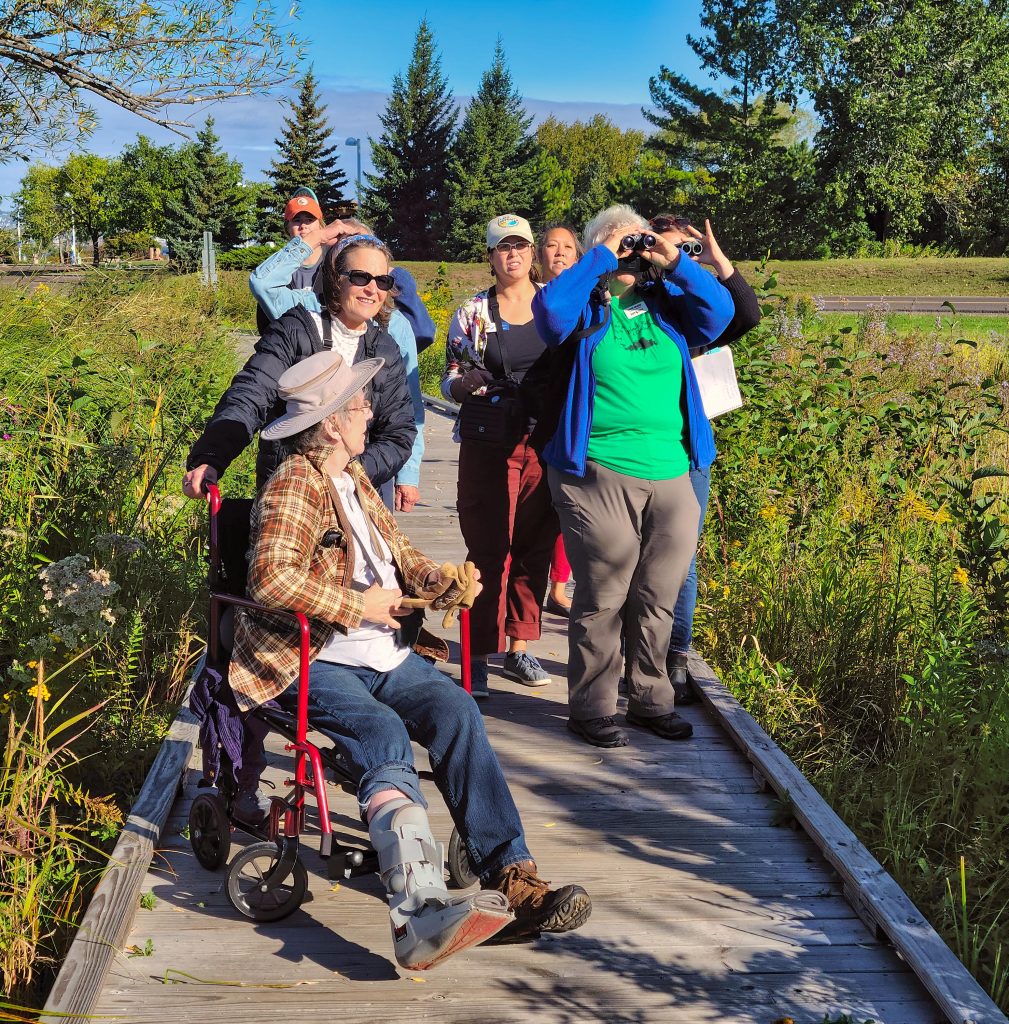
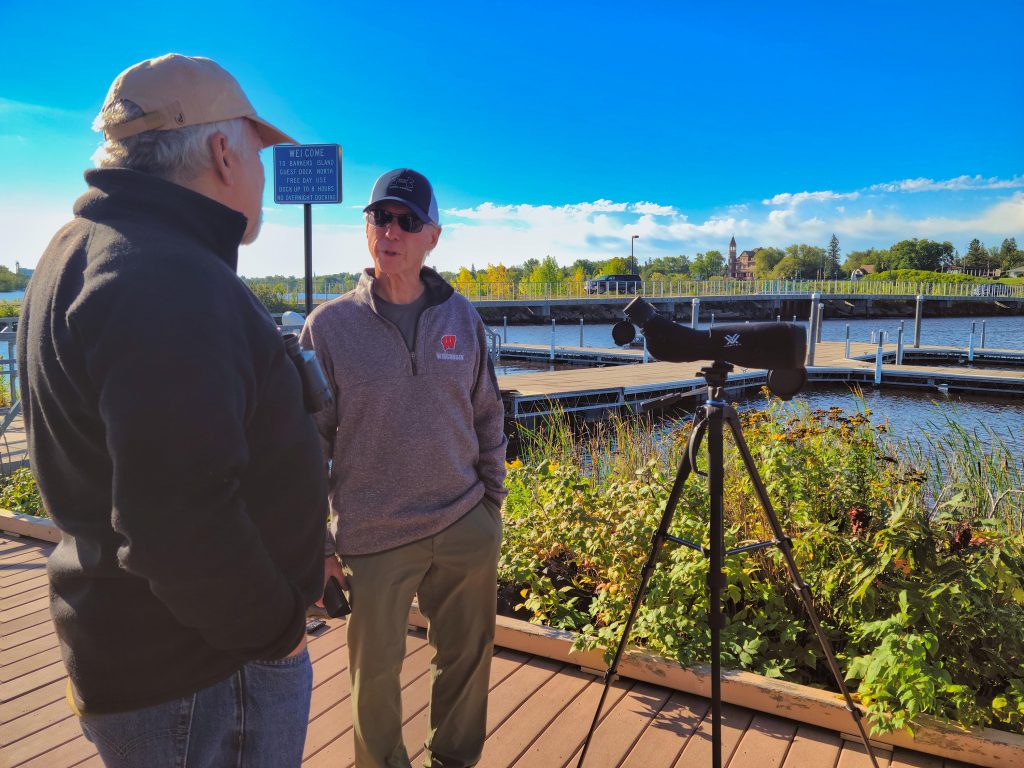
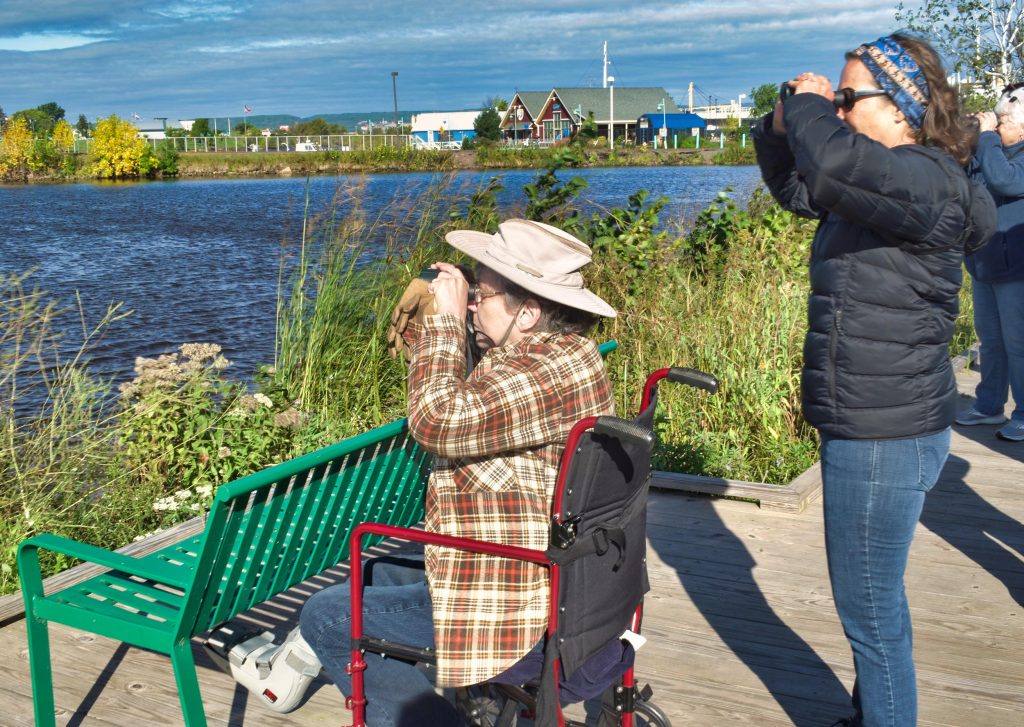
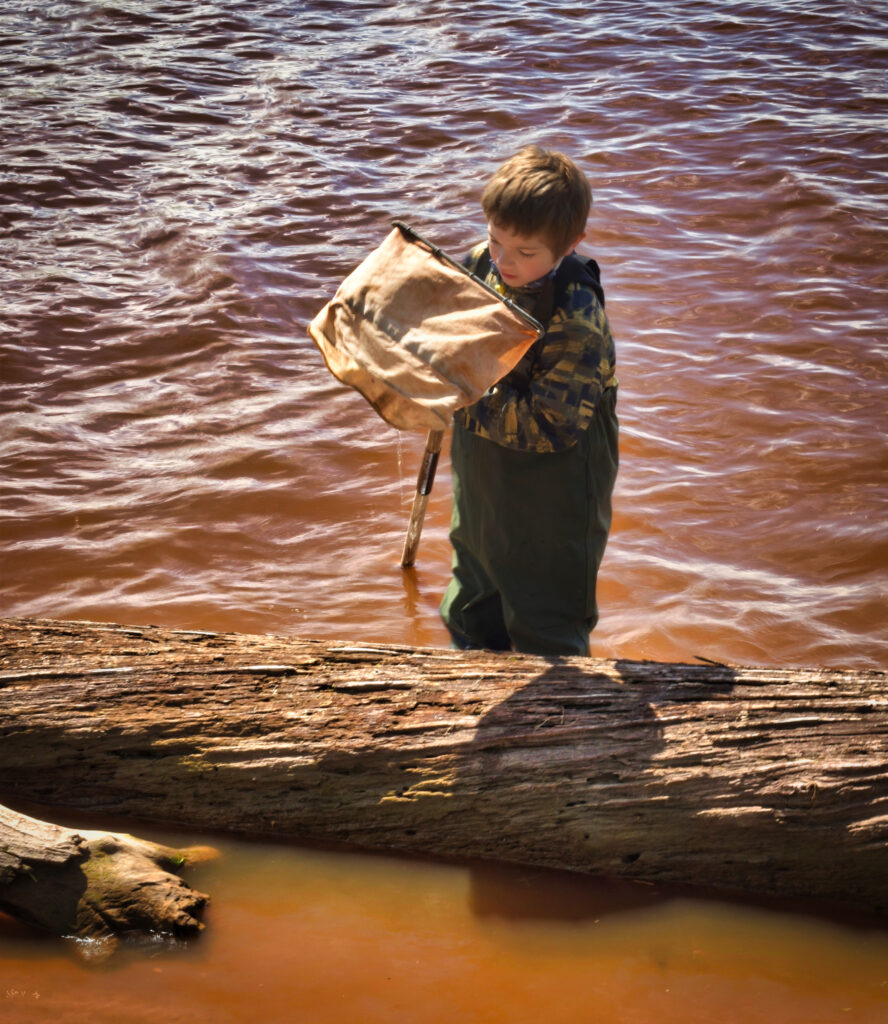
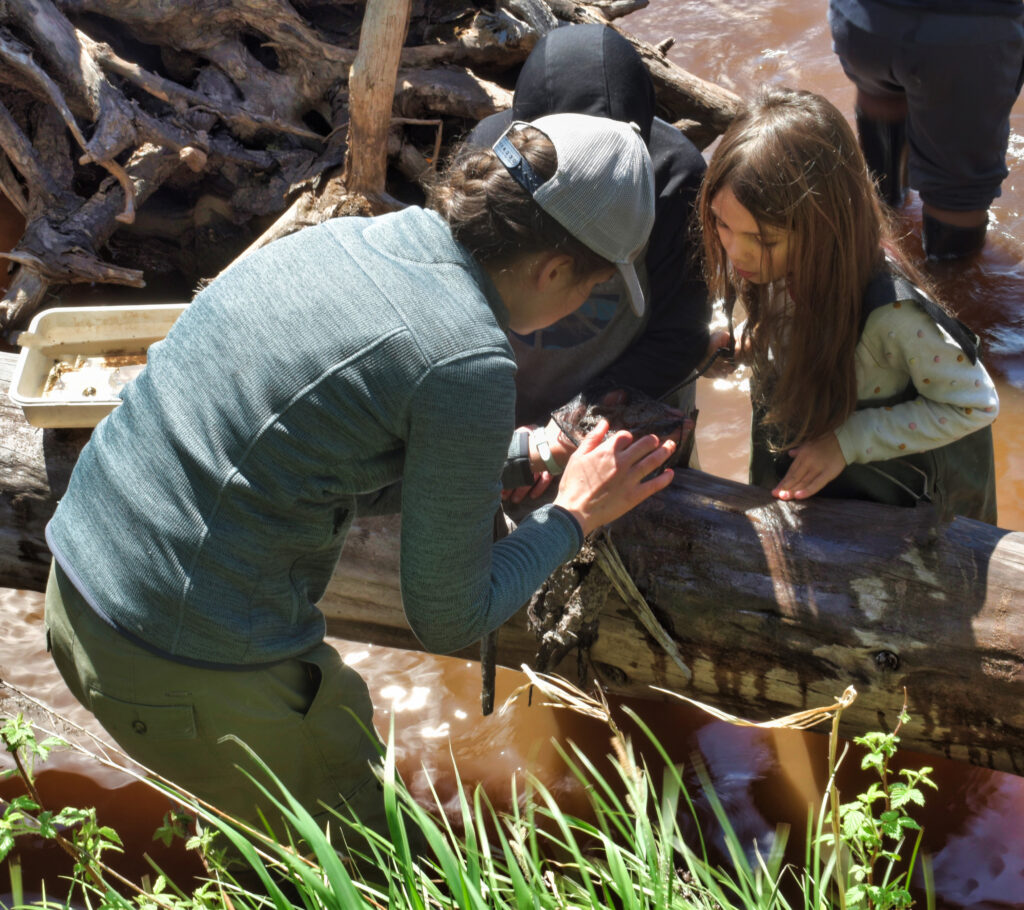
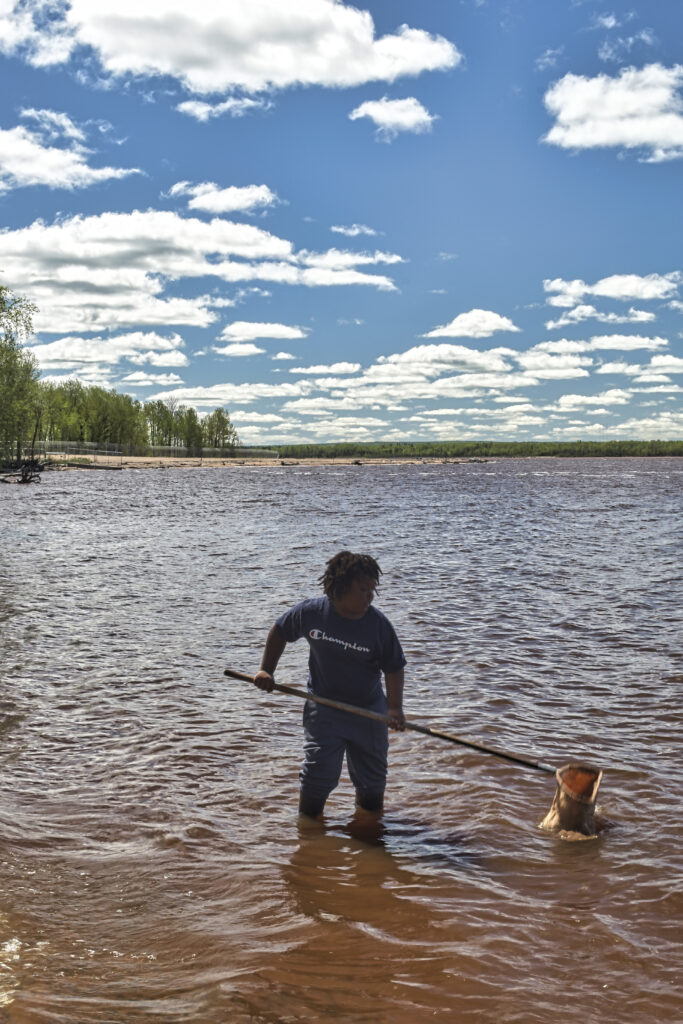
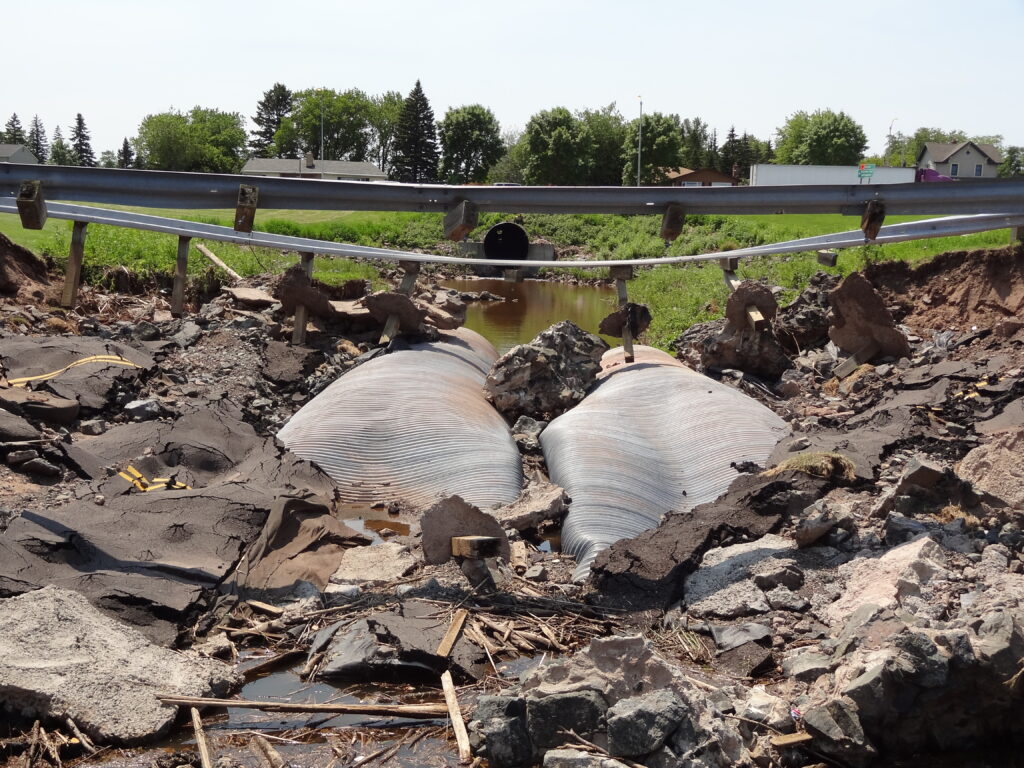
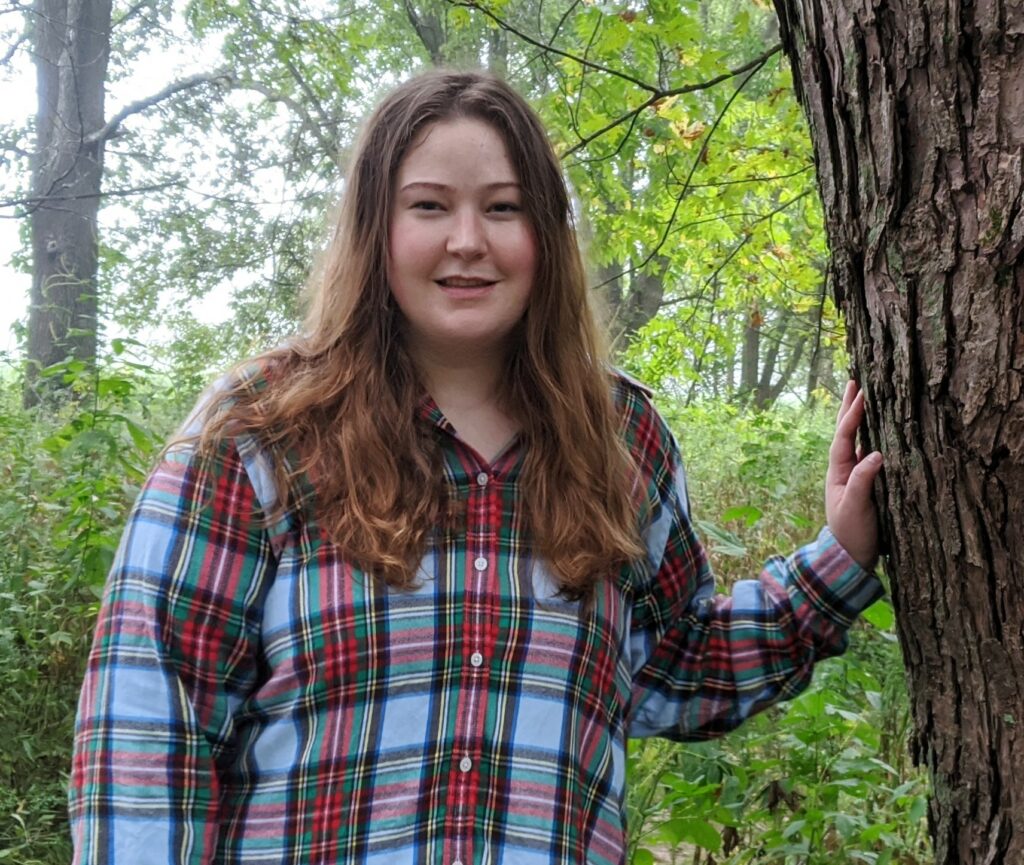
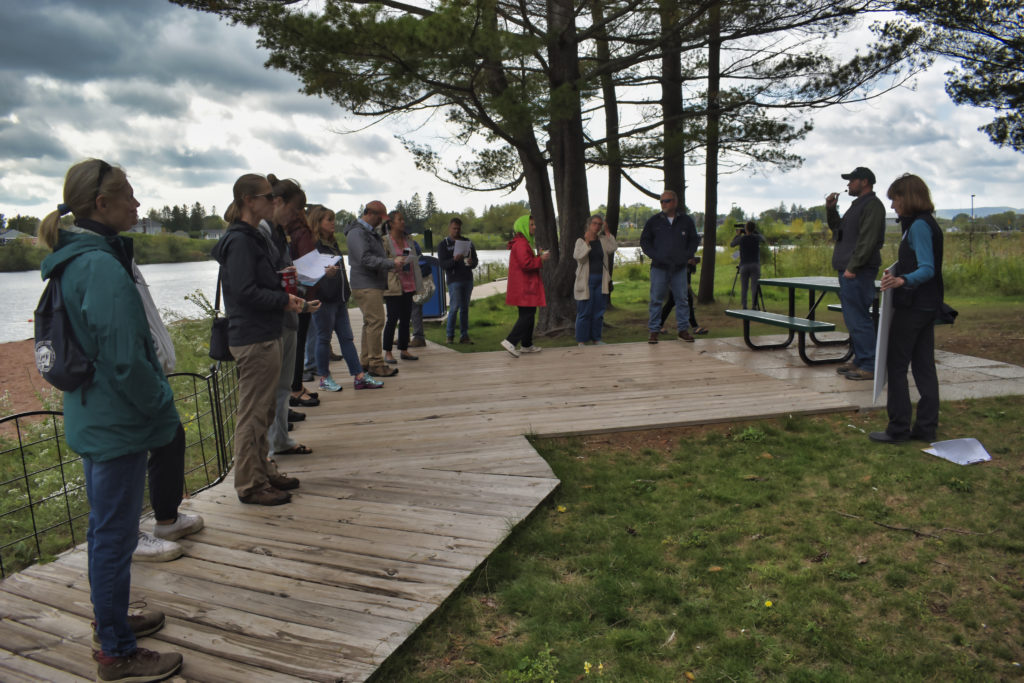
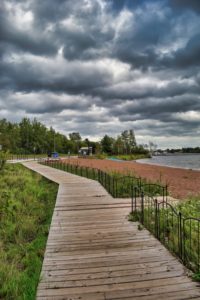
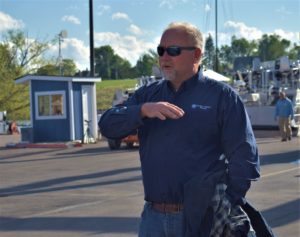
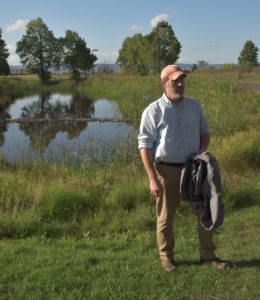
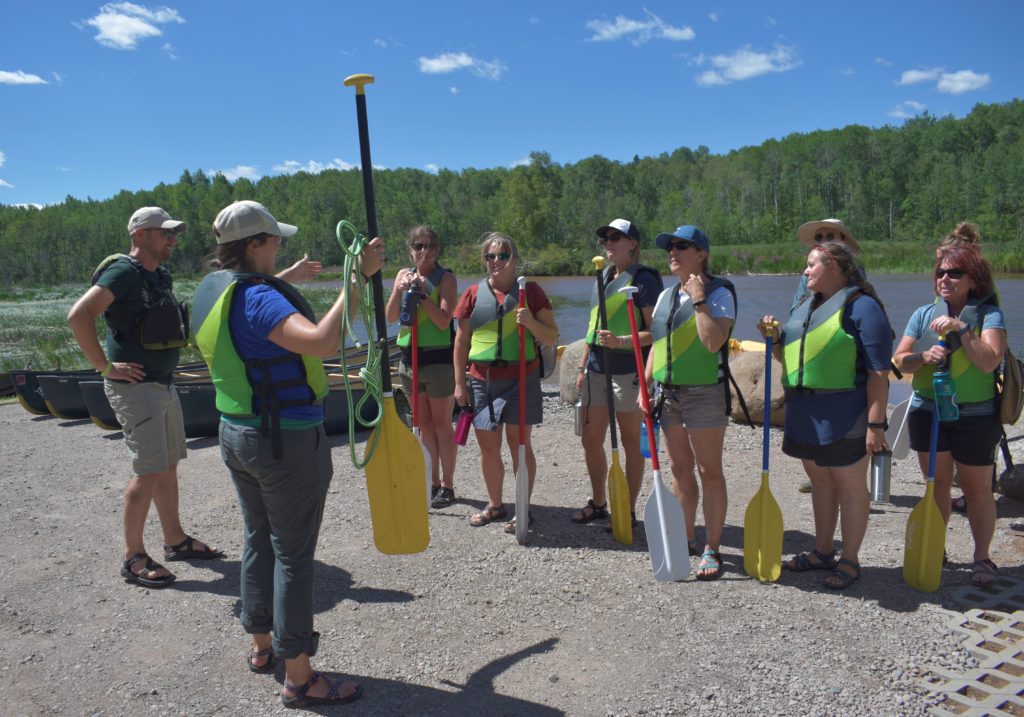
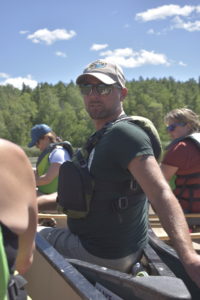
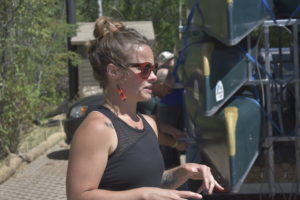
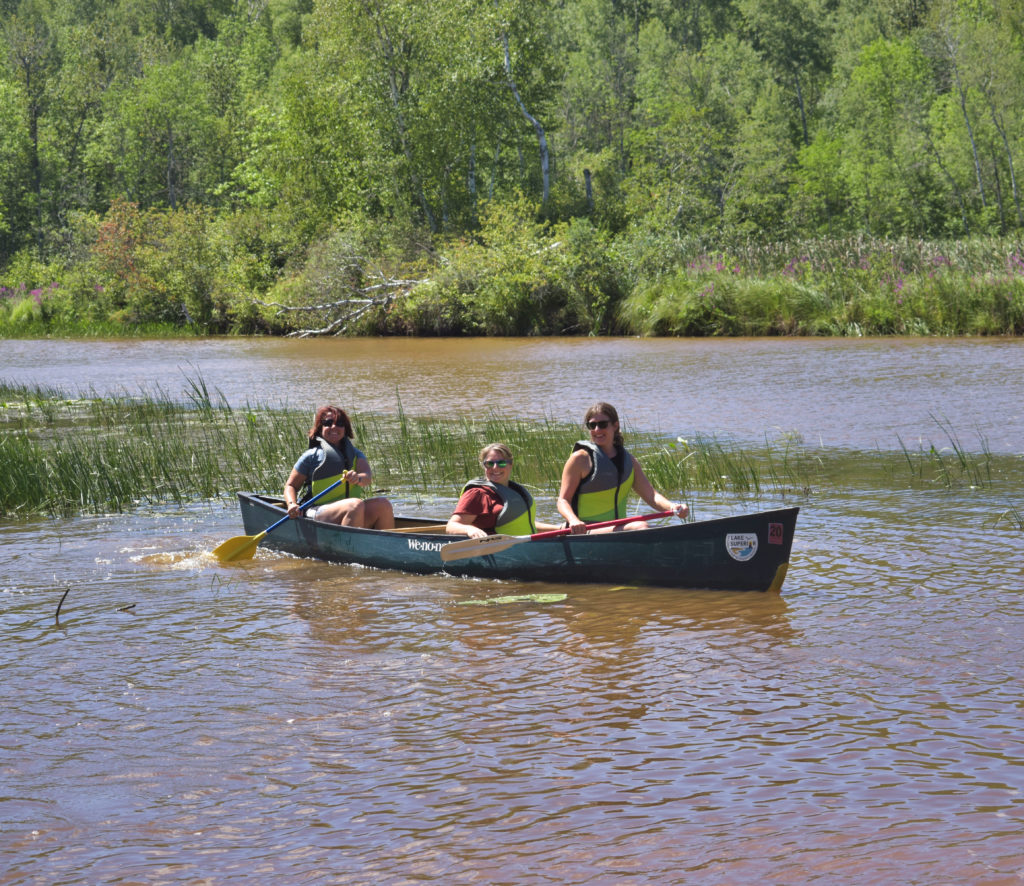
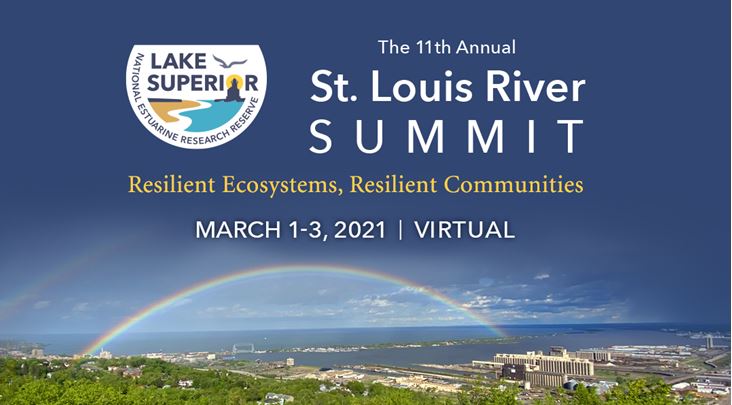
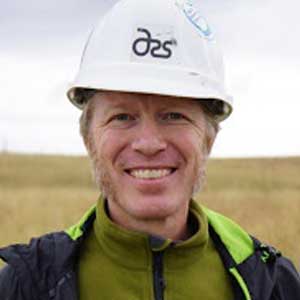
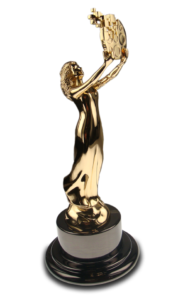
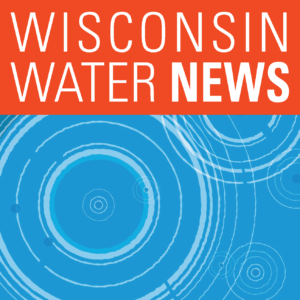 Wisconsin Sea Grant offers a
Wisconsin Sea Grant offers a